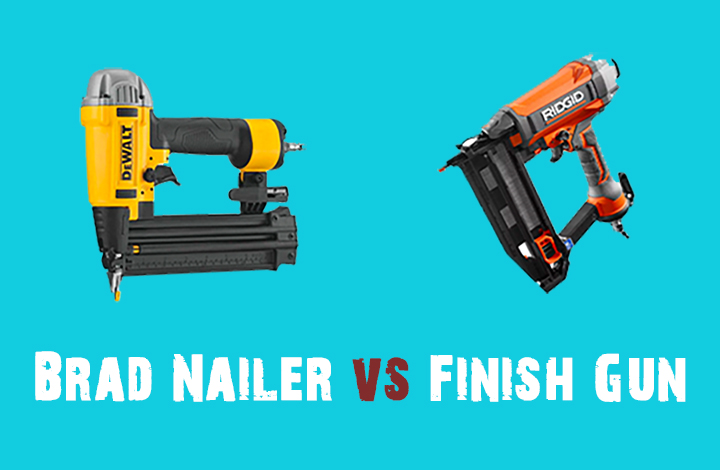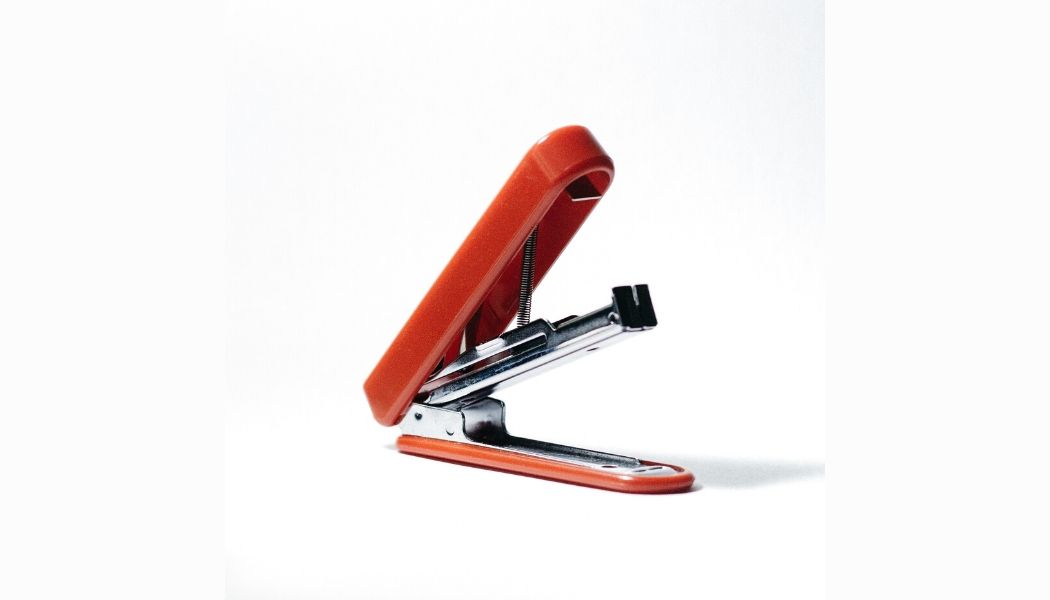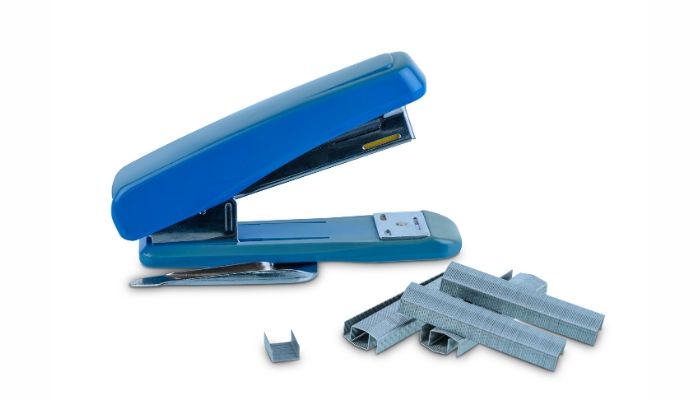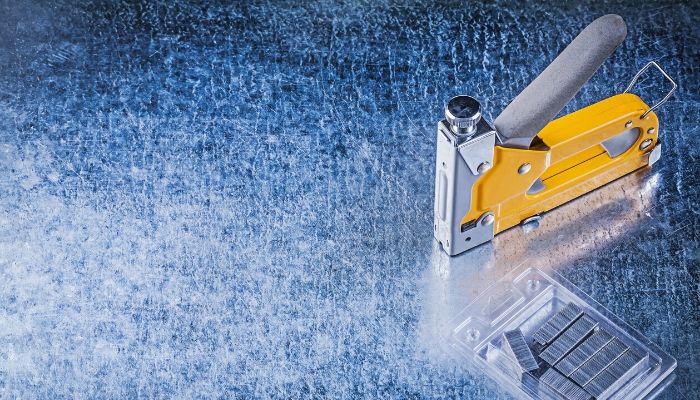Brad nailers and finish nailers are very similar on the surface. Both offer accuracy and precision compared to bulk nailing. For instance, finish nailers are used at the end of your projects as opposed to using them all through. Nonetheless, both nailers have different uses and roles.
What is a Brad Nailer?
It looks and operates like a nail gun but it does not actually shoot nails but rather shoots brads. Brads are thin nails with an average brad nail having 18-gauge and it is only 0.0475 inches. This is an indication that brad nails are essentially small for a nail.
Most people who do DIY projects may not be aware of such small and thin nails. Brad nail guns are mostly used when putting up extremely thin finishing, such as thin pieces of trim. When you use a normal nail for such a material, it will most definitely crack or break. Therefore, you will be required to use a brad nail to make sure that the trim does not crack.
Generally, brad nailers are useful tools since they come in handy when you need to delicately apply molding or trimming. Also, they are useful if you want to apply the finishing touches to a woodworking or carpentry project.
A tip when using a brad nailer is that, when a brad nail is not through, you should not attempt to hammer the head. This is because they can easily bend and cause damage to your work. Rather than hammering the rest of the brad into the wood, you should pull it out and drive a new brad nail.
Advantages of a Brad Nailer
- The best choice for attaching delicate moldings and trims
- It does not split trims
- The hole is small and thus does not require filling
- It can be used on smaller baseboards and plywood of up to ½ inch
Disadvantages of a Brad Nailer
- Brad nails cannot hold large boards, molding, and heavy wood
- t is not an ideal tool for nailing hard-to-reach corners and tight spaces.
What is a Finish Nailer?
A finish nailer is similar to a brad nailer since you will not use it for the majority of a project. Rather, you bring it out when you are doing specific projects. If you want to put up molding or trim, you will need a finish nailer compared to a regular nail gun. Regarding strength, a finish nailer acts as a midway point between brad nailers and heavy-duty nail guns.
Finish nailers are stronger than brad nailers but they are not as strong as framing nail guns. Regarding size, an average finish nailer can accommodate nails from 1-inch up to 2-1/2 inches in length. The nails normally do not have a head to blend with the surface of the wood. Also, it means that you cannot remove these nails easily.
Advantages of Finish Nailer
- It is an excellent nailer for woodworking, plywood, building furniture, fixing large baseboards, and attaching large crown molding
- 16-gauge and 15 gauge nails are bigger and they provide higher holding power
- Collated 15-gauge nail guns can reach corners
- Finish nailers are more versatile and handy for different types of work
Disadvantages of Finish Nailer
The bigger nails make larger holes and thus may need filling. Therefore, this means you will have extra work of filling wood putty to cover the nail hole
It is a poor choice for fixing narrow boards and thin trims
Similarities between a Brad Nailer and a Finish Nailer
- Both cannot be used for major projects but for specific purposes
- Both offer accuracy and precision
- Both are less powerful and use smaller nails compared to other nail guns
Differences between a Brad Nailer and a Finish Nailer
- Hole Size
The two create different-sized holes on wood. Holes created by finish nailers need putty to be filled. On the other hand, brad nailers do not leave noticeable holes in the material. If the material is thin or weak, they leave holes that may require putty to be filled.
- Nails
Brad nailers are designed to shoot 18-gauge nails, which measures 0.0475 inches. On the other hand, finish nailers can shoot either 16-gauge that measures 0.0625 inches or 15-gauge nails that measure 0.0720 inches. For this reason, it is evident that the higher the gauge number, the smaller the diameter of the cross-sectional size.
- Power
Finish nailers are more powerful compared to brad nailers. If you have thick trim that you need to put up, you should opt for a finish nailer. This is because it will offer enough to keep the trim secure compared to using a brad nail gun. However, if you wish to drive nails into thinner trim, then the power of a finish nailer is a hindrance.
- Uses
Brad nail guns will not split or crack thin pieces of wood. Brad nailers are also preferred because they cause less damage to corners when compared to finish nail guns. Another difference is that brad nail guns shoot 18-gauge nails while finish nail gun drive 16-gauge or 15-gauge nails. 18-gauge nails help to attach delicate trims without splitting the trim. On the other hand, finish nailers drive thick nails and thus offer more holding power.
A brad nailer can be used to attach moldings and thin trims without the need to use putty. Finish nail guns are best suited for most woodworking and carpentry projects even though you will be required to use putty.
When to Use a Brad or Finish Nailer
It is not easy to decide when to use a brad nailer or a finish nailer. It will be determined by the thickness and weight of the material. If you are using thick plywood or hardwood, it will be prudent to use a finish nail gun. This is because most brad nailers will not have the power to hold wood.
On the other hand, if you are dealing with thinner pieces of wood, you should opt for a brad nail gun. This is because finish nail guns can potentially split the wood. Generally, most people will find a finish nail gun more useful compared to a brad nailer.
Tips
- Brad nails have a chisel-edge. You will need to position your nail gun in a way that it is across the grain of the molding. This will ensure that the chisel edge does not split the molding
- If you are working on a wooden floor, you should avoid nailing into the flooring. This is because of the likelihood of the flooring to contract or expand with changes in season and it will pull the molding along with it.
Conclusion
This article helps you to easily determine if you should use a brad nailer or a finish nail gun for your project. The article points out the similarities and differences between a brad nail gun and a finish nail gun.




Leave a Reply